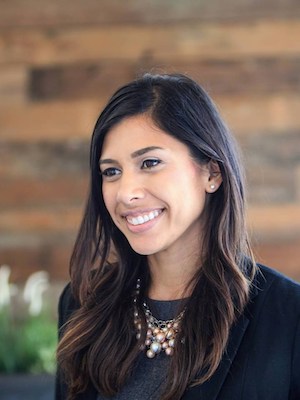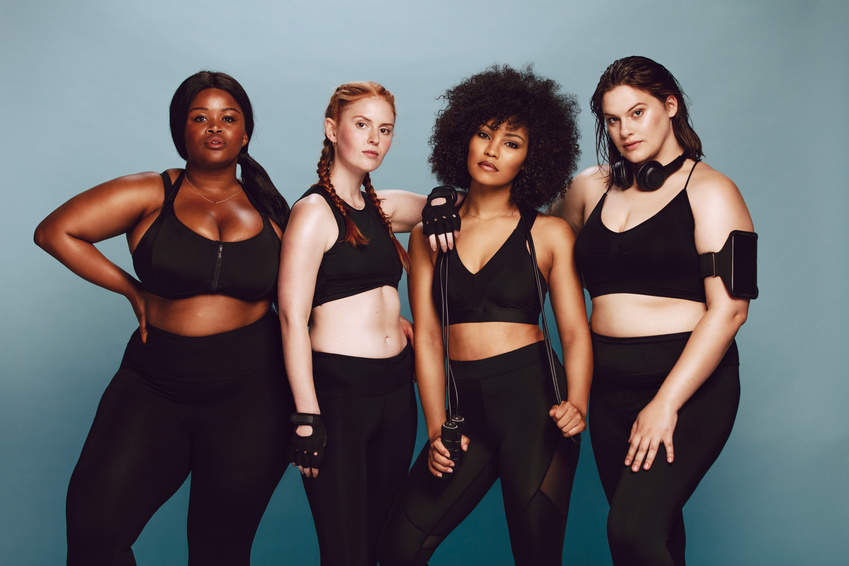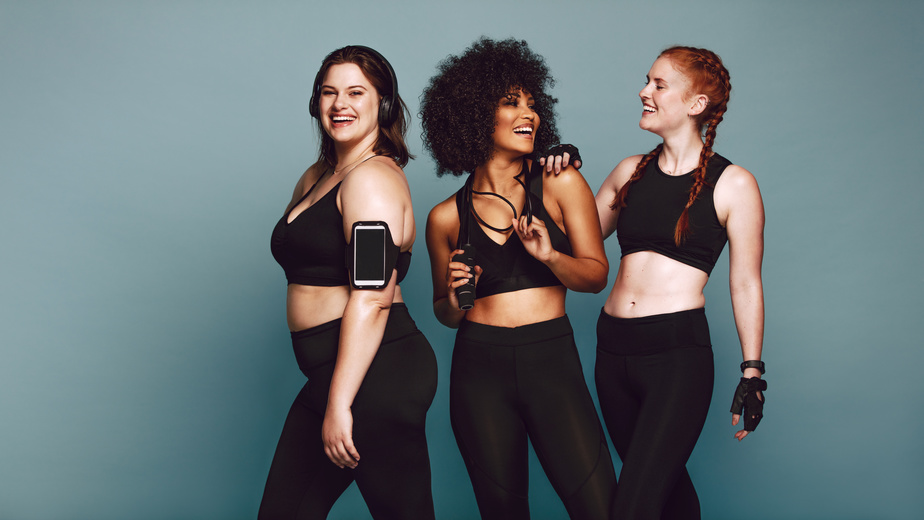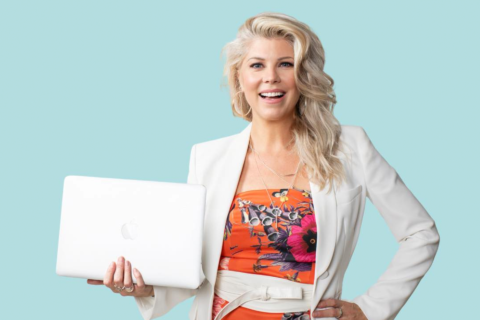
The U.S. is a big beautiful melting pot of cultures, ethnicities, shades, sizes, features, and identities. There’s no doubt that minority groups will one day become the majority.
In fact, Asians, African-Americans, and Hispanics will contribute to 90 percent of population growth between 2014 and 2020 according to the American Marketing Association. With this shift in demographics, a new American consumer has emerged with a new set of needs.
Brands have finally taken the time to stop and listen to what consumers want–and that’s to be included. Audiences no longer aspire to be the models in ad campaigns; they want to identify with them.
Today, future-forward brands must focus on inclusion like never before, or they will be the ones left out. Here are a few of our favorite brands who’ve listened and responded to our growing multicultural and diverse markets.
Fenty Beauty
Fenty Beauty, a makeup collection formed by a licensing deal between the Kendo division of LVMH Moët Hennesy Louis Vuitton with singer-songwriter Rihanna, was a direct response to beauty consumer pleas for a high-quality foundation to match their unique skin tones.
By offering 50 shades of foundation and a growing product line, Fenty has provided beauty consumers from nearly every nationality an opportunity to find the perfect shade. Mixing shades is a thing of the past as Rihanna’s first beauty brand created a new color spectrum standard that many beauty brands scrambled to keep up with. The result? Fenty earned $100 million in sales in their first 40 days of business and proved inclusion works.
Outdoor Voices
Athletic apparel models were once thought to be one size–slender. However, that image doesn’t necessarily resonate with today’s consumer.
Plunkett Research estimates that 68 percent of American women wear a size 14 or above. Outdoor Voices has stripped away convention and reinvented what an active lifestyle brand looks like in response to this reality.

This includes advertising campaigns that feature men and women of all sizes and ethnicities. Their intentional inclusion demonstrates a recognition of our diverse American culture and a commitment to connect with shifting demographics.
For example, last September, the brand shared an unedited photo on social media featuring a model and her unairbrushed cellulite. Not only did the Instagram post receive an enormous amount of praise from followers, but media outlets also picked up the story and raved about Outdoor Voices’ body-positive stance.
Good American
Similar to Fenty, Good American was created as a response to a significant gap in the market for quality denim that fit an array of sizes. Available in sizes 00-24, Khloe Kardashian and Emma Grede founded the line to celebrate curves and lead the body positivity movement for women of all shapes, sizes, colors and backgrounds.
The co-founders created the denim brand after struggling to find jeans that fit their body types. They recognized that the denim industry had inclusive sizing issues and body ideals were shifting.
We have yet to reach a size-agnostic society. However, the market has responded positively to brands like Good American. Nordstrom reportedly reached $1 million in sales on the first day of their launch.
Evident that full-range sizing is more than just a trend, the inclusive apparel line now includes activewear, bodysuits, dresses, bottoms, and tops.
Target
Target has long been at the forefront of launching progressive campaigns, so we weren’t surprised when they launched an innovative adaptive clothing line.
The collection is design-engineered to fit those with disabilities or sensory-processing sensitivities. This affects more consumers than we think.
There were nearly 40 million Americans with a disability according to the 2015 U.S. Census Bureau. That represents 12.6 percent of the civilian population. With this large demographic in mind, the designs are cost-friendly and accessible with pants that range from $20-45 and shirts under $10.
In a commitment to support communities with sensory challenges, Target also launched a sensory-friendly line of products for children with autism.
Sarah Pendley is the Co-founder of Cream Media Group, a women-run, minority-owned marketing agency who understand the evolving demographics of today’s world. We want to help companies and brands reach diverse communities in an honest and genuine way by offering a unique perspective that other agencies just can’t offer. It’s no longer about marketing to multiculturals, it’s about marketing in a multicultural world.
© YFS Magazine. All Rights Reserved. Copying prohibited. All material is protected by U.S. and international copyright laws. Unauthorized reproduction or distribution of this material is prohibited. Sharing of this material under Attribution-NonCommercial-NoDerivatives 4.0 International terms, listed here, is permitted.













